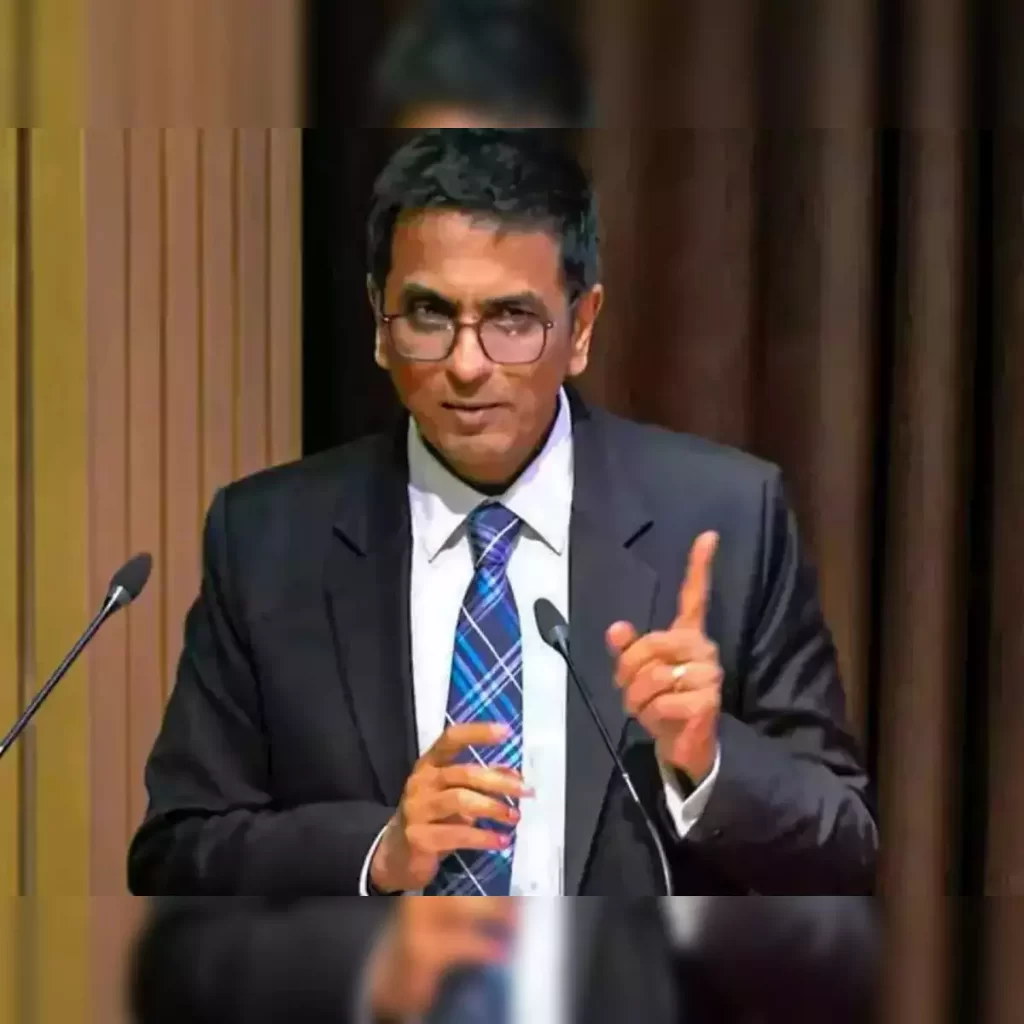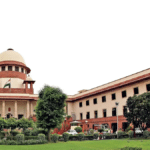
Table of Contents
Chief Justice DY Chandrachud Highlights Ethical Challenges of AI in Legal Systems at Supreme Court Conference
During a two-day conference on Technology and Judicial Dialogue held at the Indian Supreme Court, Chief Justice of India, DY Chandrachud talked about the integration of Artificial Intelligence (AI) into legal systems. The Singapore Supreme Court also participated in this event during which AI’s growing influence on court processes and judicial training was deliberated upon.
Justice Chandrachud highlighted risks that come with using AI systems like Facial Recognition Systems (FRS). Notably, these technologies have potential advantages but are also associated with various problems such as intrusion and indirect discrimination. This occurs when algorithms that appear to be neutral affect disproportionately identified groups thereby undermining their rights and protections.
The conference expounded on different dimensions of artificial intelligence in law from its ability to simplify court proceedings to its implications for ethical conduct among lawyers. To explain AI development’s moral dilemmas, Chief Justice Chandrachud showed how the Oscar-nominated film “Ex Machina” emphasized Ava as an example of an AI human being who can think and feel.
Further, Justice Chandrachud insisted on prudent implementation of AI devices in courts. He claimed that such innovations could help improve justice delivery significantly because they are faster and accessible to all people hence not compromising justice goals. He called for global cooperation and responsible use of AI so as not to fall into any pitfalls.
Moreover, The Chief Justice acknowledged how technology has changed every occupation including law stating it is unstoppable. He therefore urged his fellow lawyers not only to maintain status quo but also explore how information technology can better improve customer care services.
In conclusion,
There was a Technology and Judicial Dialogue conference, where the main focus was on the adoption of AI in judiciary bodies. In his speech, Chief Judge DY Chandrachud revealed two sides of the same coin that are present when using artificial intelligence in law – its possible advantages versus moral issues. With an aim to strengthen rather than undermine judicial power, this suggests that gradual introduction with global work demonstrates responsible use of artificial intelligence.
FAQs:
What were Chief Justice DY Chandrachud’s key concerns about AI and Law?
Which case did Justice Chandrachud refer to as proof for the threat posed by AI?
In which ways can artificial intelligence be employed in courts for teachings purposes and judicial processes?
What were some ethical perspectives on employing artificial intelligence in legal practice during this conference?
What is the significance of international cooperation when it comes to AI and law?
Barelaw, an online platform dedicated to comprehensive delivery of legal knowledge, is proud to present its exclusive case briefs category. This section is made in such a way that it offers deep and useful analyses of landmark decisions which are seen as important resources for the legal professionals, students and anyone wishing to know about law’s complexities. Our case briefs are probing deeper into the crucial court decisions by explaining the logic behind each decision and how it has influenced law.
We recognize that understanding legal judgments can be difficult because they are quite intricate. It is due to this reason that our case briefs are designed in such a way that they give information while being easy to understand so that readers can comprehend the key principles of law involved. Each brief contains facts’ summary, an issue at bar legally, court’s reasoning and final decision arrived at. By using this method, our audience will find it easier to identify fine points of every case.
We are aware that the labyrinthine nature of legal judgments is difficult to fathom. For this reason, our briefs are both informative and understandable, thus enabling readers to grasp the fundamental legal principles involved. It contains an abstract of facts, the legal issue decided by court, the rationale behind it and finally the verdict. This systematized pattern allows our audience to understand every shade of a case.
Drop in on our case briefs and dive into law. Go to our website immediately and explore a cornucopia of legal knowledge available to you online. Below is a link for your easy access to our online library.
More drafts on law can be reached here – https://www.barelaw.in/legal-drafts/





